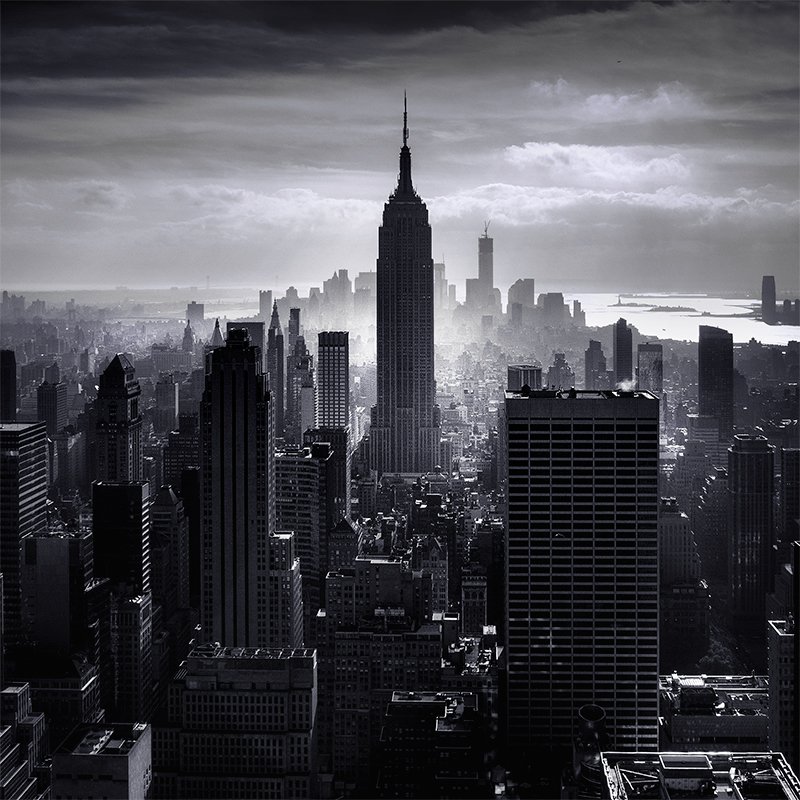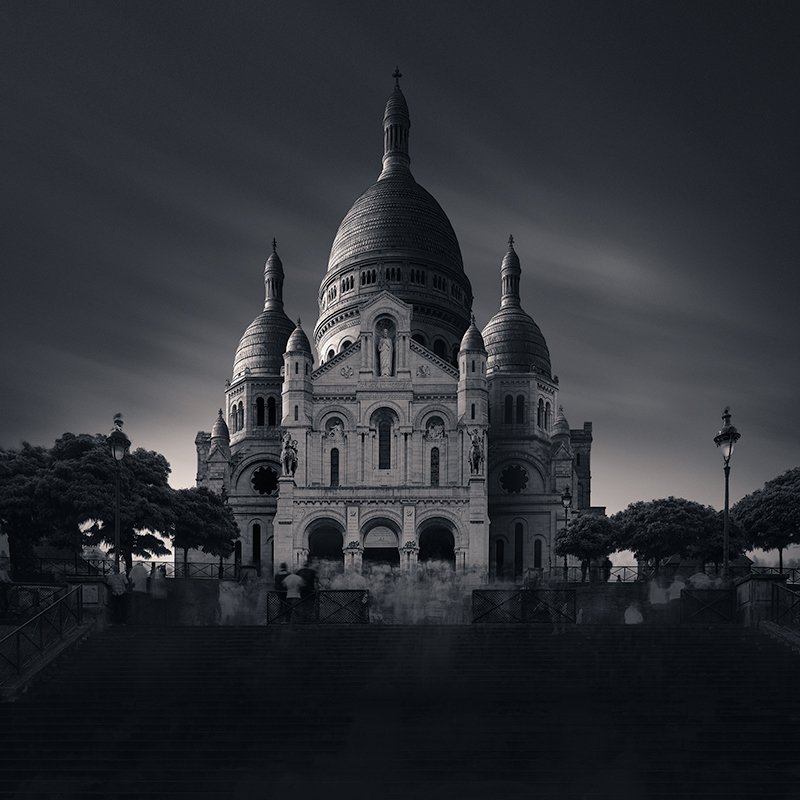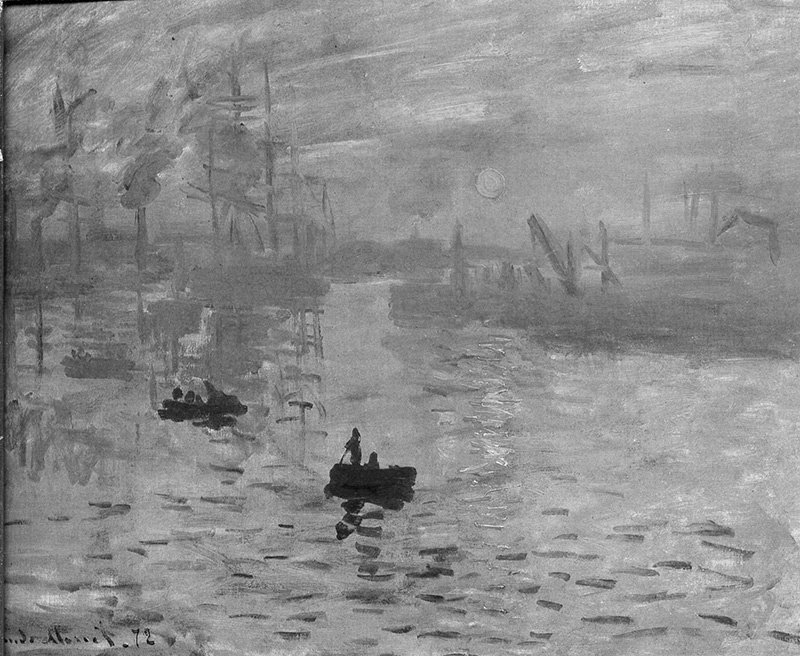IN DEFENSE OF BLACK AND WHITE PHOTOGRAPHY – GUIDE TO BLACK AND WHITE PHOTOGRAPHY 1


WHY BLACK AND WHITE PHOTOGRAPHY
This is a question that has been asked to many black and white photographers, usually by photographers who are just starting and have the natural tendency to shoot color first or by seasoned photographers who still doubt the technical, aesthetic or artistic justification of black and white over color. Especially in this digital age where even small phones are capable of taking high quality color images.
You could argue that the preference of black and white over color or vice versa is a highly subjective and personal preference. I will try to argue that it’s not just a subjective preference but that there are also more objective arguments, sometimes based on scientific evidence, that black and white can work better than color.
First start with the arguments that the color advocates have for not using black and white, then the arguments of the black and white advocates. They don’t reflect my opinion, I’m just stating them as I have encountered on many occasions. Then I will present a view that’s entirely mine and will address some of those arguments, but not all. On average I find all of the arguments, both from the color and black and white advocates, highly arbitrary and based on unsubstantiated feelings rather than on convincing more objective ideas. But perhaps you may deem my view the same. That I leave up to the reader, I merely try to present an alternative and more substantiated view.
COLOR VERSUS BLACK AND WHITE – THE COMMON VIEW
PRO COLOR
- Black and white is outdated, it was used only because the technology was such that we couldn’t shoot color
- Color is more realistic than black and white
- Color is more expressive than black and white
- Colors have more depth than black and white (we will see that this can never be true)
- Why use black and white at all if you have color?
- Etc.
PRO BLACK AND WHITE
- Black and white is more artistic, it is art
- Black and white has more soul/emotion/atmosphere
- With the removal of color you reveal the essence of things
- One looks at a color photograph but one looks into a black and white photo
- Etc.

COLOR VS BLACK AND WHITE – MY PERSONAL VIEW
1. Black and White photography is a step away from reality adding authenticity and beauty. I’ve always advocated that I like to move away from reality as many steps as possible. My argumentation was that the more steps you move away from reality, the closer you will get to the essence of the artist and the more the expression will be an authentic representation of the subjective experience of the artist only. This should be done either in-camera or in the post-processing phase, but preferably both. But there was another, deeper and Intuitively felt reason for moving away from reality: every step away from reality adds something substantial to the aesthetics in a work of art. Simply put: it becomes more beautiful.
I was always under the impression that this was something personal and intuitive, and it sufficed for me to pursue my black and white photography along those feelings, but research in neuro-aesthetics by neuroscientists V.S. Ramachandran and William Hirstein in ‘The science of art’ on how the brain responds to art and aesthetics, have shown that objects or scenes that are distorted, exaggerated or more abstracted or which have the emphasis on very specific qualities of objects or scenes, are considered to be more aesthetic. In other words, a hyperrealistic and more abstracted depiction of objective reality is universally appreciated as more aesthetic. Even though Ramachandran’s and Hirstein’s work has received some criticism from other neuroscientists, to me, the conclusion and the way they came to that, was a confirmation of something I always felt intuitively and subconsciously.

2. Black and white photography has more visual depth. Black and white photography is an interpretation of the world around us in differences of luminance values. In other words in differences of lights, also known as light contrast. This means that through the use of one color, the color gray, the differences between luminance values become clearly visible in a way that is almost impossible in color. The visual distractions of different hues and saturation in color make it very difficult to see differences in luminance. This is important because it’s through differences of luminance that we can perceive depth and create depth in an image by adjusting the luminance values or light contrasts. Colors only (hue and saturation) can’t create depth, it’s the luminance element of color that creates depth, along with the depth created by using perspective lines. The reason of this, if I can call it a reason, maybe it is the cause, is that perception of depth, together with spatial organisation, motion perception, are generated in the color blind part of the brain. The part of the brain that only detects differences in luminance also called the Where system. The part of the brain that detects objects, faces and color are in a different part of the brain, called the What system. Neurobiologist Margaret J. Livingstone describes these systems in detail in Vision and Art – the biology of seeing. It’s for this reason that black and white photography offers more depth, if the photographer/artist is aware of the effect of differences in luminance. Black and white photography is the art of creating images through differences in luminance. Color mostly has a symbolic and aesthetic function in art, to add mood for example. I could add to that: by moving away from objective reality, by removing colors, you will at some point end up in a reality that is more real and closer to what we essentially experience.
Colors are only symbols, reality is to be found in luminance alone – Pablo Picasso


One important conclusion that can be drawn from the above is that colors don’t create depth, only differences in luminance value do that. Consequently, if you’re a color photographer and don’t pay attention to the actual luminance values (you can do that by desaturating the image from time to time in a separate layer) your color photo could miss the depth you thought you were creating by only creating color contrasts and not light contrasts.
Returning to the arguments of color advocates and black and white advocates, you can conclude indirectly from my thoughts as I presented them, what I believe is true, what is simply not correct or what is still subject of debate. I want to address one subject of debate specifically, and that is the often expressed idea, that black and white is considered to be more artistic, that it is fine art, while color can also be art, but not per se.
Note on desaturation
Note that in the above examples I desaturated the images to black and white as it theoretically should be a neutral black and white conversion without affecting the luminance values. After all the saturation is set to zero while the brightness remains the same. In practice in Photoshop, this is not true since Photoshop averages out the RGB values per pixel to calculate the gray value. For example the orange color with the RGB values (237,140,63) will get the gray value (237+140+63)/3 = 147) (147,147,147). But it comes close to being neutral for the sake of explanation. The most neutral conversion to black and white is by using the luminosity blending mode in photoshop with a gray (or black or white) layer below the second (duplicated) color layer. The luminosity blending mode uses the luminance values of the color layer and the hue and saturation of the layer below. Since that is a gray layer, the result is a B&W layer with exactly the same luminosity values as the color image. This is also the way Silver Efex Pro2 and Topaz for example generate the B&W neutral conversion presets. More on this in part 2 of this series of articles on B&W.
IN DEFENSE OF BLACK AND WHITE PHOTOGRAPHY – GUIDE TO BLACK AND WHITE PHOTOGRAPHY 1
By Joel Tjintjelaar – (c) Copyright 2017 Joel Tjintjelaar – bwvision.com



